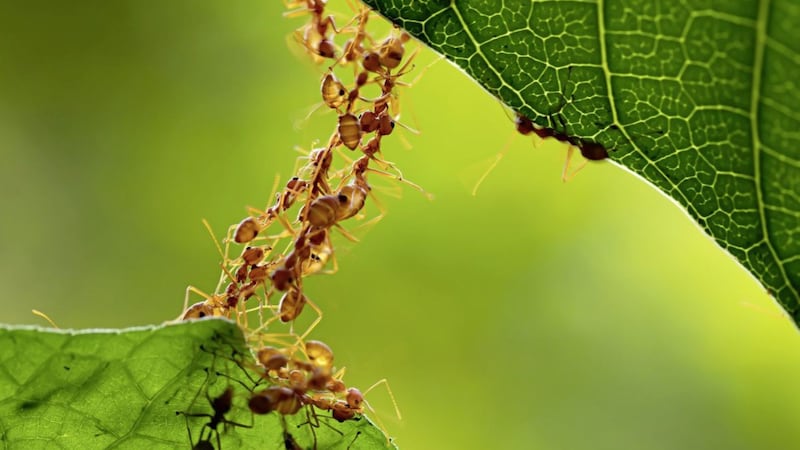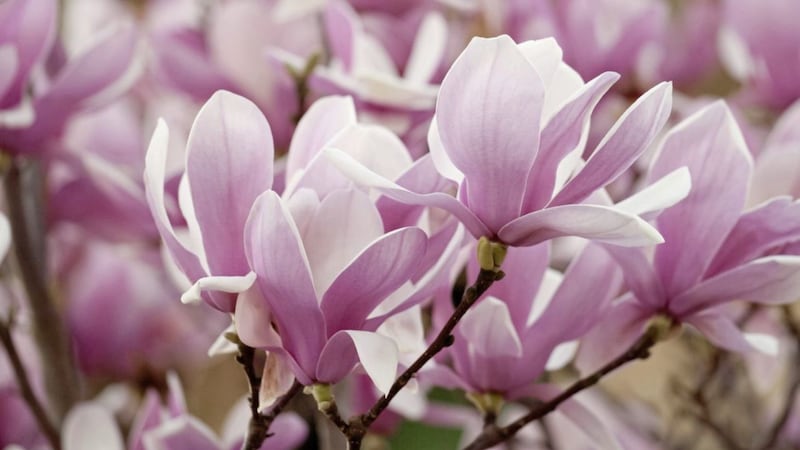ONGOING events continue to shake us to our collective core, strip back layers of security and change how we interact with ourselves and the wider world.
The rapid and insidious spread of the coronavirus has had an unprecedented global impact, affecting all aspects of human affairs. It feels like our world is temporarily broken, awaiting repair.
As I write, the clear blue sky and a vocal great-tit outside, seem incongruous with the fear and anxiety so prevalent throughout our communities. Although it’s difficult to look beyond the needs and concerns of our own families and loved ones presently, keeping in touch with the natural world can offer some comfort.
As well as lifting our spirits by providing the therapy of colour, music and release, the natural environment continually demonstrates its own resilience and ability to survive in times of peril. The Earth, its birds and animals constantly adjust to danger, often through collective effort and safeguarding.
Emperor penguins living in the harsh Antarctic climate huddle together in large groups to keep each other warm. When a penguin from inside the huddle is sufficiently warm, it moves to the outside, allowing one of the colder birds to move inside and become warmed.
This collegial behaviour is also evident when large flocks of startled waders rise in unison from tidal mudflats, staying close as they quickly change direction to reduce the risk of individuals being taken out by the common enemy, a hunting peregrine. We know ants are very social insects, living in colonies, working together to gather food and care for their young, behaving in a coordinated, methodical, supportive way.
Rooks and jackdaws, members of the highly intelligent corvid family and known for their famous ‘parliament’ gatherings, exist in strong community groups helping each other through play and territorial activities. Badgers too live in complex social groups in their extensive network of underground chambers and tunnels.
Social grooming, a common occurrence among the mammals, is accompanied by group play especially among juveniles outside the sett. Badgers engage in scent-marking with each other so that groups share a common odour, while collection of fresh straw and grass as bedding for their living quarters is also shared.
All these group behavioural traits indicate the instinctive capacity of animals to self- preserve, look after and maintain their kind. Although altruism in the animal kingdom presents an evolutionary puzzle for biologists, many accept it does exist. Studies have shown that animals are capable of such behaviour without just individual reward.
Elephants show cooperative abilities, as do chimpanzees. Many of us will have heard blackbirds ring out their vociferous alarm call to highlight the presence of a cat, a warning also beneficial to other birds. There seems little doubt that in times of need, animals will respond and help each other.
The words of WB Yeats from a different era about how things were, "all changed, changed utterly" and a "terrible beauty" born, seem pertinent in this time of chaos for the global community and should motivate us to work collectively and differently for all our good. This new ‘terrible beauty’, now visited upon us, must surely bring a shift in how we live and behave together in the future.
The revered scientist James Lovelock wrote in his book The Revenge of Gaia (2006), "the living and self-regulating Earth will look after itself as always". As a species living on this Earth, our shared home, we need to urgently find and implement ways to do the same.
Stay in and stay safe. Keep in touch with each other, the world around you and with yourself.








